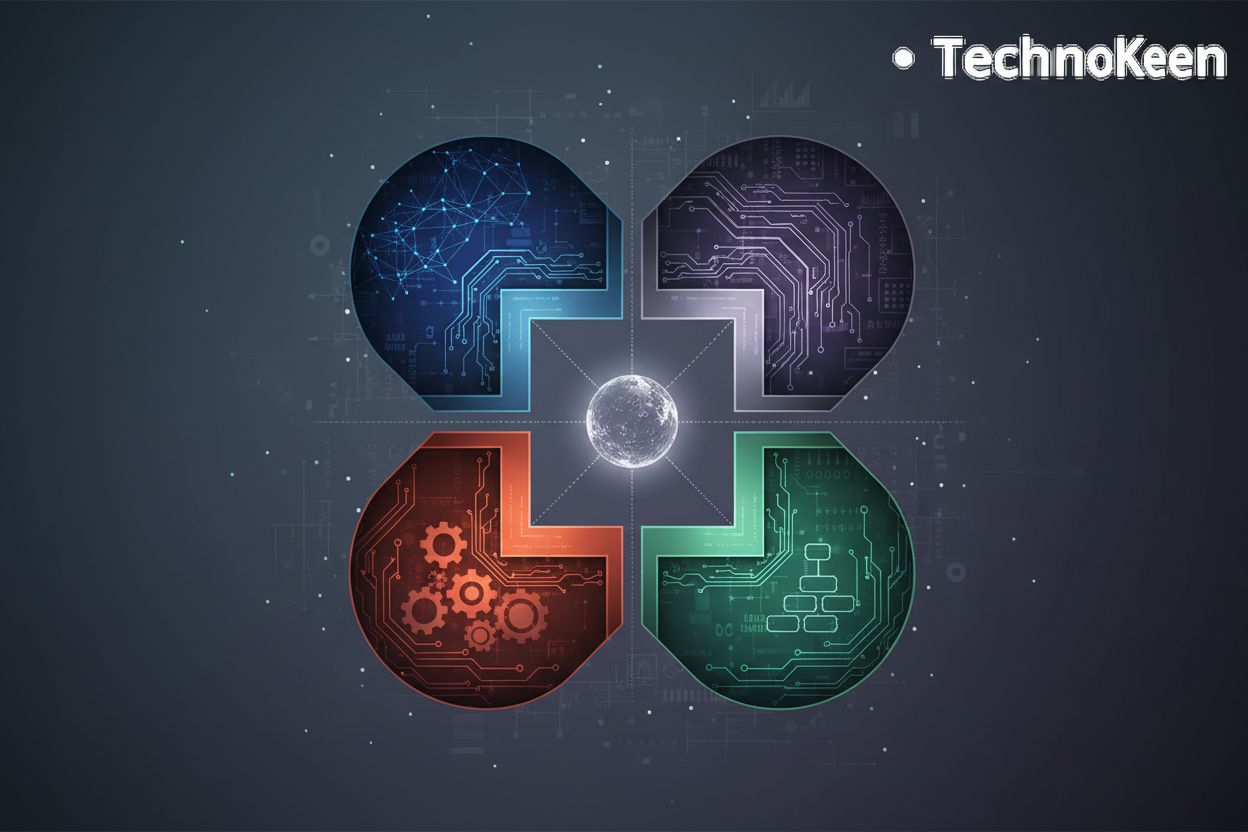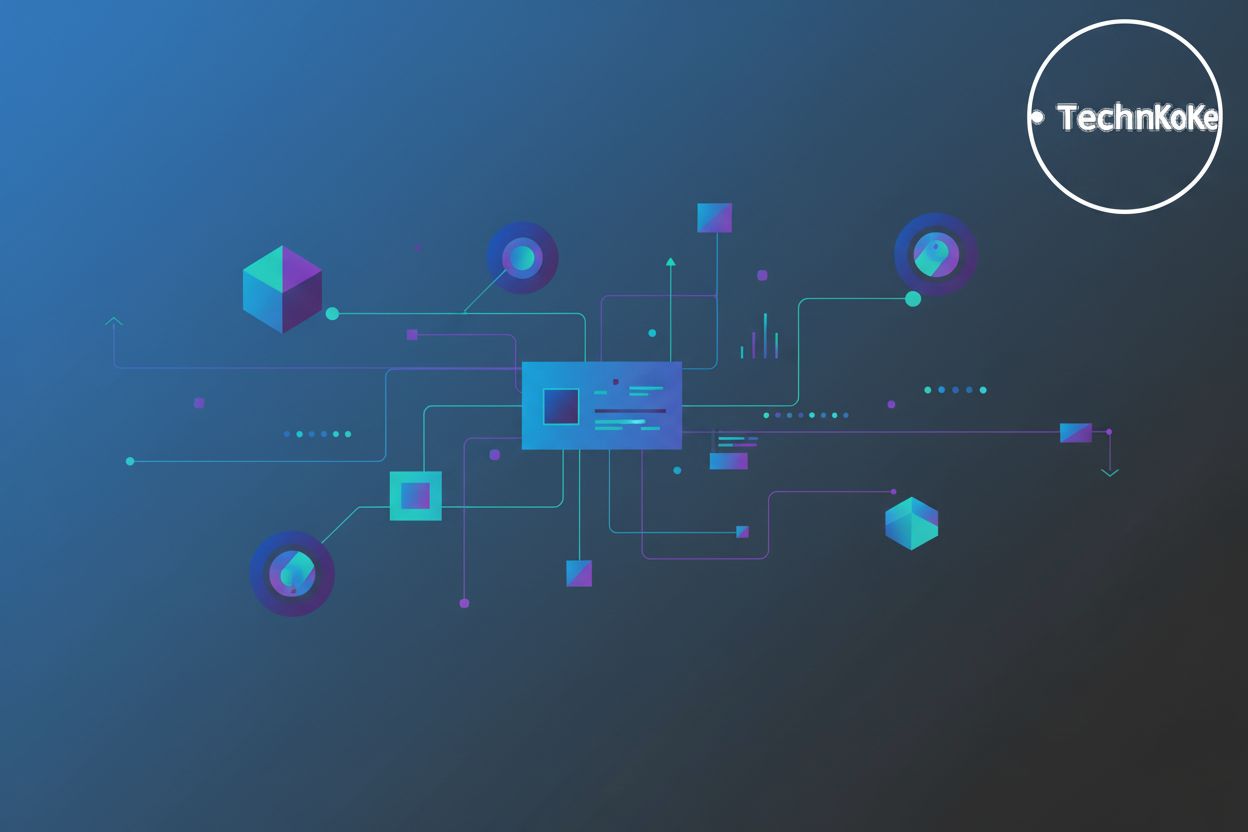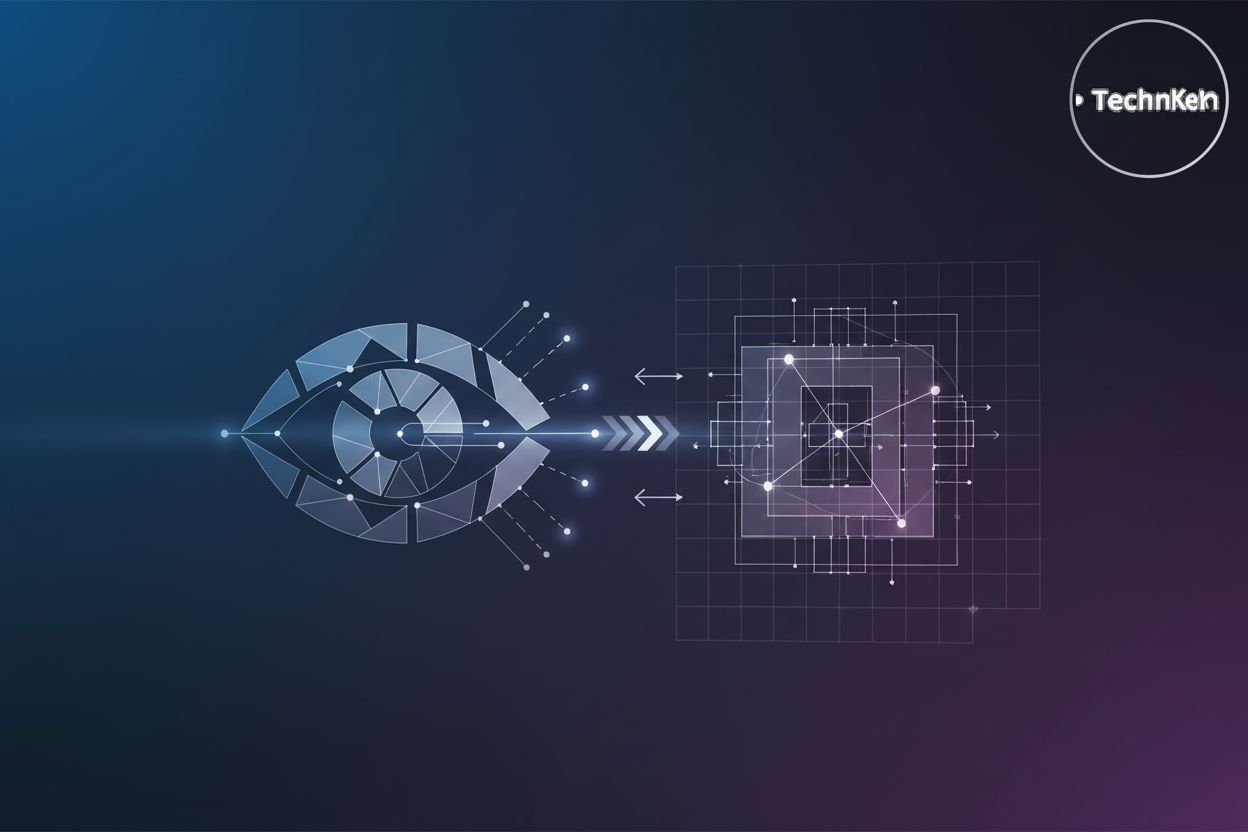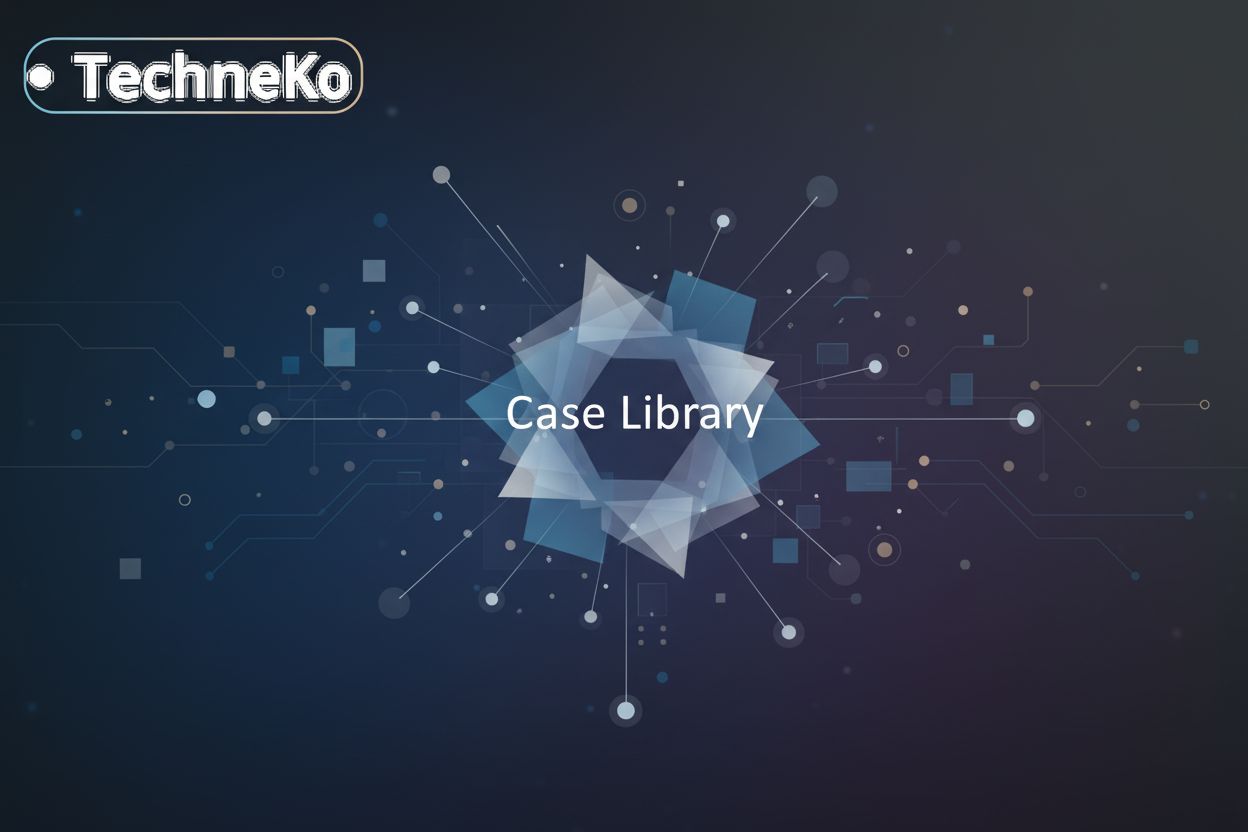Decoding AI Agent Observability Boosting Performance and Trust
TL;DR
Unveiling the AI Agent Revolution and the Observability Imperative
Okay, so, why all this hype about ai agents all of a sudden? Turns out, it's kinda a big deal.
- AI Agents are autonomous systems that can execute tasks by planning and using available tools, according to Langfuse. They use llms to understand user inputs and decide when to call external tools.
- They have key components like planning, tools, and memory that allow them to handle complex tasks. Like, they break down a big goal into smaller steps and then use different things to get it done.
- You can see them in action in customer support, market research, and even software development. For instance, ai agents can automate responses in customer service or collect data for market analysis—pretty neat, huh?
It's all about reliability, really.
As Adopt AI points out, ai agents don't follow fixed logic like traditional software, so you can't just rely on old-school debugging, observability is how you catch errors before users do. This is because LLMs generate responses based on probabilities and patterns, making their behavior less predictable than deterministic code, thus requiring a different approach to error detection.
Plus, with ai agents making decisions based on probabilities, you need visibility into their decision-making process. This probabilistic nature means that even when an agent appears to be functioning, understanding why it made a particular decision is crucial for ensuring reliability.
This is where ai agent observability comes in. Let's dive into the pillars that make it possible.
The Pillars of AI Agent Observability: Logs, Traces, and Metrics Evolved
Alright, let's dive into the nitty-gritty of ai agent observability. Turns out, keeping an eye on these things isn't as simple as just checking for error codes.
So, what's different about logs in the age of ai agents? Well, it's not just about catching server errors anymore.
- We're talking about prompt and response logs to capture every interaction. Like, what the user asked and what the agent spit back out.
- Gotta log tool inputs and outputs too. This way, you can see which tools the agent's using and what results they're giving.
- And don't forget reasoning trace logging. This is key for understanding how the agent made its decisions.
Tracing's gotten a glow-up too.
- Now, it's about mapping the tool sequence in those multi-agent setups. Who called who, and when?
- You need to track vector DB retrieval processes. See how the agent's pulling data from those databases.
- It's also important to ID fallback loops and their impact. You know, when the agent gets stuck in a retry loop.
Metrics aren't just about latency and throughput anymore.
- We need to measure success and failure rates for task completion. Did the agent actually finish the job?
- Gotta track token and cost metrics to optimize agent efficiency. How much is this thing costing us?
- And let's not forget hallucination and fallback frequency to check accuracy. Is it making stuff up?
Basically, these pillars have evolved to give us a clearer picture of what our ai agents are up too. Now that we've covered the evolution of logs, traces, and metrics, let's take a closer look at how these pillars help us tackle common AI agent failure modes.
Tackling Common AI Agent Failure Modes Through Observability
Detecting a silent no-op is kinda like when you think you hit "send" on an email, but nothing actually goes out, frustrating right? In ai agents, it's when it says "done," but no real action happened. For instance, imagine an agent is tasked with sending an email. It reports 'Email sent successfully,' but the email never actually leaves the system, and no api call to the email service is recorded.
- Tracking api call traces is crucial to confirm actions. If you see a "done" message but no api call in the trace, Houston, we have a problem.
- Comparing responses with action deltas helps. Did the agent actually change anything? If the response says it updated a record, but the record's still the same, something's amiss.
- Identifying agent confidence mismatches can also help. If the agent seems super confident, but there's no real action, that's a red flag. Maybe it's hallucinating or misinterpreting something.
It's about making sure the agent follows through, so users don't end up thinking things are handled when they ain't. Knowing how to spot these failures helps you keep things running smoothly. Next up, we'll look at how observability applies across the entire AI agent lifecycle.
Observability Across the AI Agent Lifecycle: From QA to Continuous Improvement
So, you've got this awesome ai agent, but how do you know it's actually improving after you launch it? It's not like you can just set it and forget it, right?
Well, post-production is where the real magic – and the real challenges – happen.
- Tracking action performance over time is super important. Is your agent getting better at booking flights or is it starting to mess things up more often? Gotta keep an eye on those trends to see if something's going sideways.
- Embedding similarity drift analysis helps you understand if the agent's knowledge base is still relevant. This means that the numerical representations of concepts in the agent's training data are no longer accurately reflecting the current meaning or context of those concepts, leading the agent to misunderstand or misinterpret information. Are the embeddings shifting over time, meaning your agent's losing its grasp on the material?
- Monitoring retry/fallback loop frequency can show you if the agent's hitting dead ends more often. If it's constantly getting stuck in loops, that's a sign something needs fixing.
- Gotta look at drop-off patterns post-agent interaction. Are users bailing after interacting with the agent? That could mean it's not meeting their needs.
- Finally, keep an eye on those trust signals. Are users giving the agent the thumbs down more often? Are they editing its outputs? That's a clear sign trust is eroding.
It's all about catching those subtle shifts before they turn into major problems, and it's a continuous process. All this monitoring isn't just about fixing problems, though. It's about constantly improving your ai agent over time. Speaking of improvements, let's dive into some essential tools and frameworks that can help.
Essential Tools and Frameworks for AI Agent Observability
Okay, so, you're probably wondering what tools are actually worth using to keep tabs on your ai agents, right? There's a bunch out there, but some stand out.
- Application frameworks like LangGraph help build complex multi-agent systems. Its persistence features aid in debugging and tracing agent execution, which is pretty sweet.
- Llama Agents simplifies deploying these multi-agent setups, so you can turn your agents into microservices without too much hassle.
- For quick prototyping, no-code agent builders are a good bet. Flowise lets you drag-and-drop your way to customized llm flows; it's pretty slick, even if you're not a coder.
- The Langfuse integration provides specific observability benefits, allowing you to analyze and improve your agents.
And that's the name of the game, isn't it? Having explored various tools and frameworks, it's important to consider how to standardize the data collection process. This is where OpenTelemetry comes in.
Embracing OpenTelemetry for Standardized AI Agent Observability
Having explored various tools and frameworks, it's important to consider how to standardize the data collection process. This is where OpenTelemetry comes in.
- OpenTelemetry offers a standardized way to collect all that telemetry data, which means you're not stuck with one vendor's tools. It is about unifying how data is collected and reported, according to OpenTelemetry.io.
- The GenAI SIG is working on defining semantic conventions, so everyone's speaking the same language.
- Collaboration is key so that the broader ai community can help shape the future of observability.
It's about making sure ai agents are reliable, efficient, and trustworthy.




